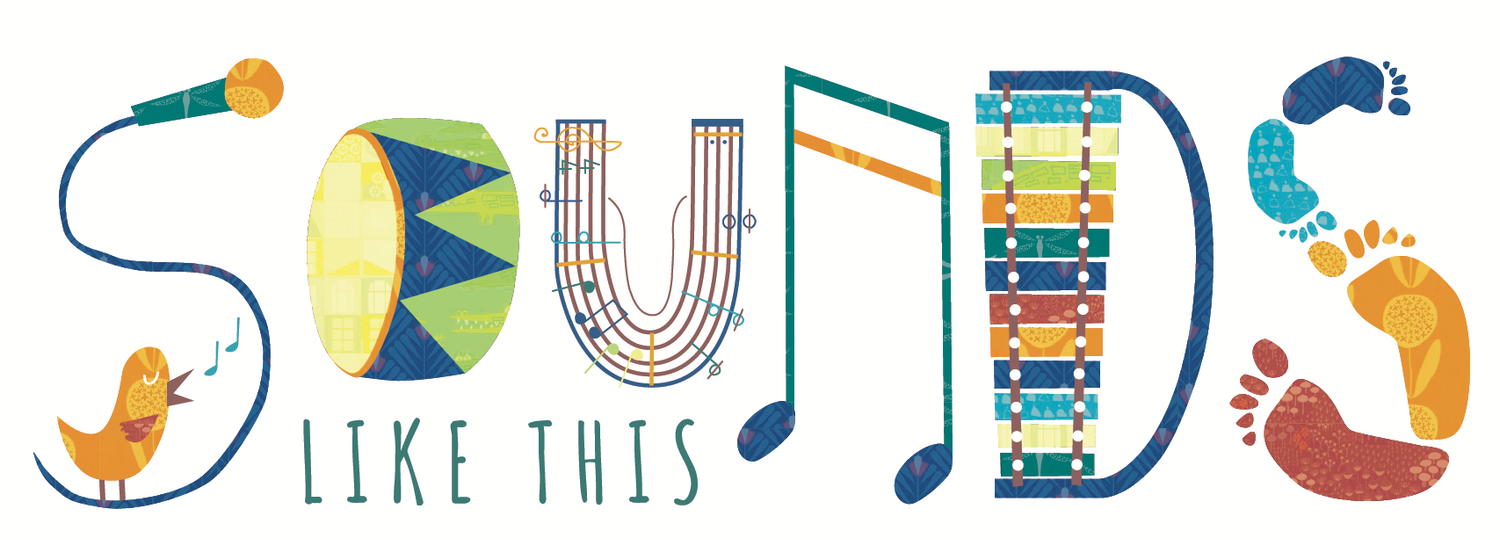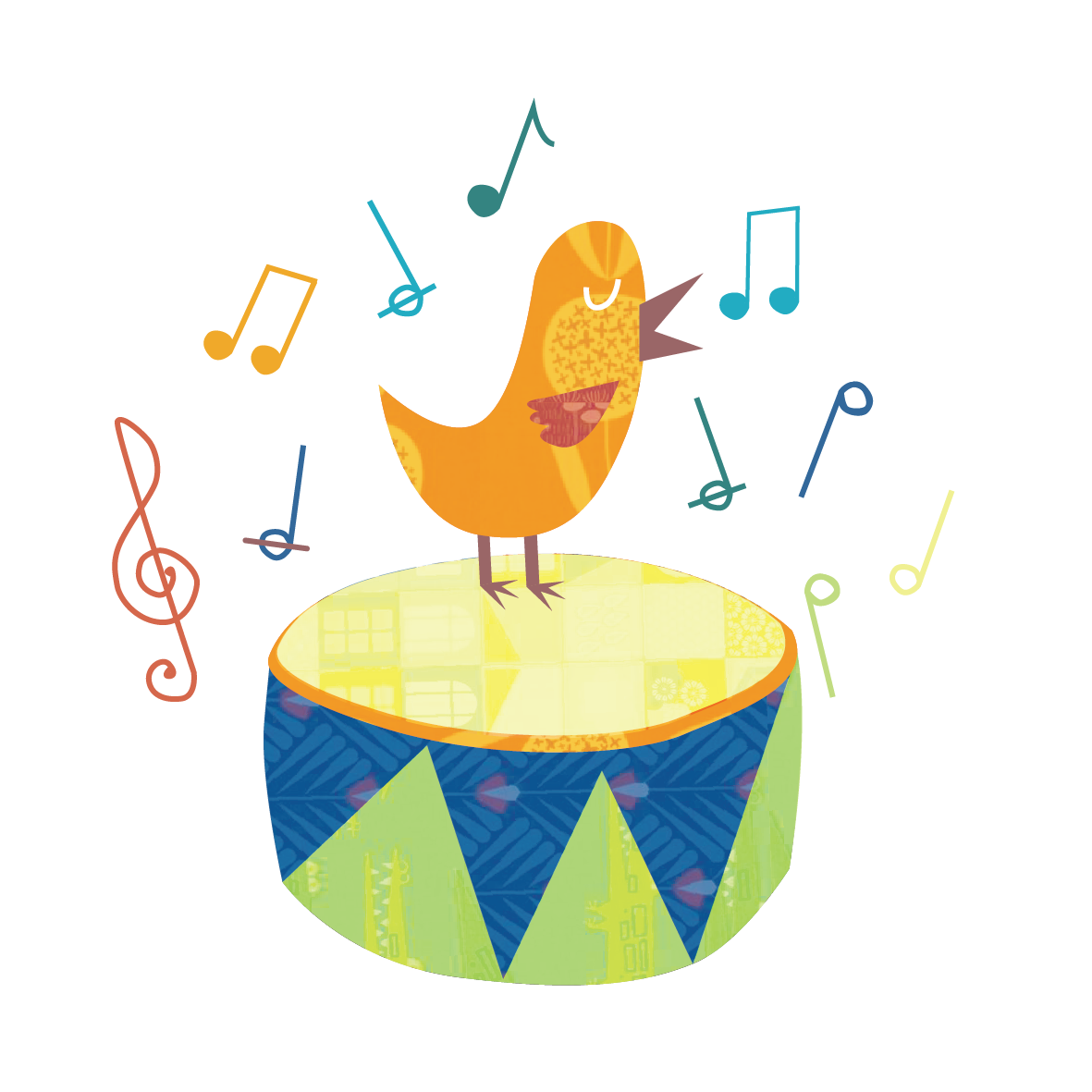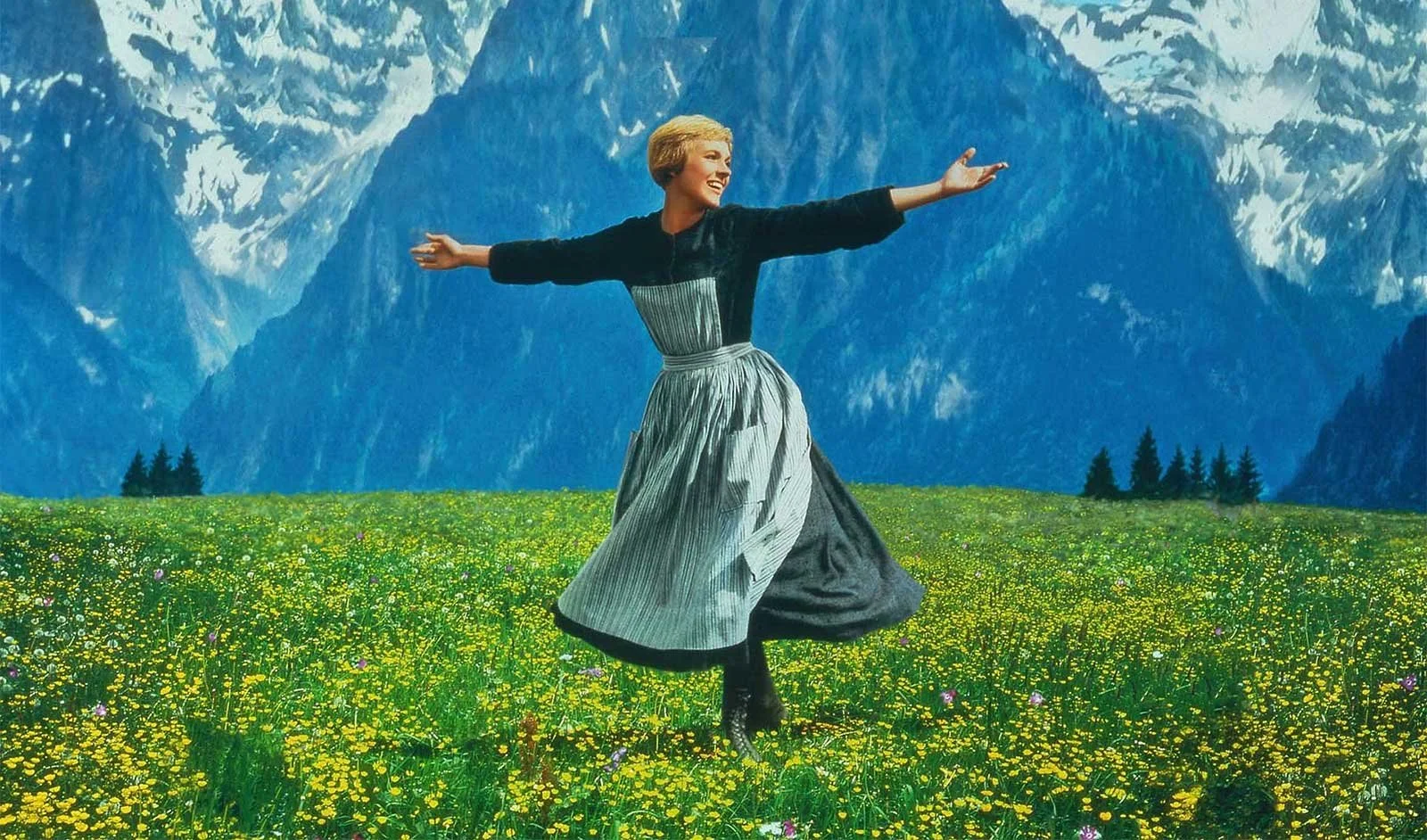The Link Between Music and Literacy: Can Music Help Your Child Become a Better Reader?
Reading isn’t some innate skill we were born with.
Think about it.
Our ancient ancestors didn’t just pick up a stick one day and start carving out the alphabet, fully formed. Their mates didn’t gather around and immediately understand what those symbol-scratches in the dirt meant.
Writing is an invention — in the grand scheme of things, a pretty new one (about 5,400 years old) — that our human brains aren’t wired to understand naturally.
On the other hand, our brains ARE wired to process music. There are areas in the brain dedicated to language and music.
In fact, music came first.
Music Making is KEY to Learning Language and Reading
Our brains developed to process music long before language came along. We then used this musical processing ability to create and learn language.
Babies intrinsically understand the rhythm and melody in language from birth. They just GET it.
But writing was invented and it has to be taught. So how do children learn to read? My mentor Anita Collins and Misty Adoniou explain it best:
“The foundation of reading is speech and to learn how to speak, children must first be able to distinguish speech from all other sounds. Music helps them do this.”
Reading just isn’t in our DNA. There’s no portion of the brain made for reading. That means we need to piggyback off parts of the brain designed for other things.
When a child is learning to read, they use parts of the brain traditionally made for:
Vision (to recognise the symbols that make up letters and words)
Hearing (to hear and link sounds to symbols)
Language (to link those sounds and symbols to meaning)
Music helps kids make these connections even better.
The Many Links Between Music and Literacy
Reading might not be wired into our brains but music making definitely is.
Go wayyyyy back and our cave-loving ancestors started communicating with each other by making sounds with short puffs of air. To endow these grunts and snorts with meaning, they learned to change the rhythm, pitch, and tempo.
Language was born.
Music and language share so many similarities that it’s no surprise they’re closely connected when it comes to learning to read.
So without further ado, here are some ways music making enhances literacy.
1. Musical Play Primes Children for Learning with an Emotional Hook
Making music enhances emotional connections to information, concepts, and skills, which in turn, make children more invested in their learning.
The results are obvious.
As Hansen, Bernstorf, and Stuber say in their book The Music and Literacy Connection, music making provides the emotional hook and play-based learning needed for children to start learning concepts such as the alphabet.
“Educators know that literacy learning, as all learning, happens most easily when the interest level is high and the emotional connections are strong. Musical play and musical activities clearly provide an emotional environment in which learning happens!”
“Although many scientists believe that language and music are closely linked and share some of the same neural circuits, music (or rhyme set to music) clearly has the advantage when it comes to recall. We can use this natural proclivity of the brain in designing educational activities that will enhance the retention of certain kinds of information…”
… Including information like reading.
Most 5-year-old children can handle two bits of info at a time. Yet when it comes to the alphabet, most young kids will happily sing out the 26 bits of data involved in The Alphabet Song.
3. Music Play Helps Young Brains Process Sound
You can’t learn to read if you can’t distinguish between sounds. Simple as that.
Plenty of studies show that musicians can process key sound ingredients much more effectively than non-musos.
Think about what we do in our kids music classes. We prompt the poppets to respond to what they hear, whether it’s through echo songs or in a drum circle. This encourages them to listen carefully to the notes, rhythms, and phrases we’re making.
Music making (and training) helps sharpen the brain’s attention to sound. It actually changes the brain!
A two-year study of young music students found that music training strengthened the areas of the brain that relate to sound, speech, rhythm, and language.
That’s the first step in the process of reading. As these young brains become attuned to separate units of sound, they’re more receptive to phonemes — the individual sounds that make up words.
4. Rhythm Recognition and Phonological Awareness Are Deeply Connected
Music helps with something called phonological awareness— a fancy term that describes how we can all hear each little sound within words and translate them into speech.
Tonnes of researchers have found this amazing connection in our brains, where our ability to recognise rhythm is linked to our ability to recognise phonemes.
Simply put: Those who struggle with rhythm inevitably struggle with reading.
Take a look at this study of 4 and 5 year olds. The researchers found a close connection between pitch and rhythmic skills on the one hand and phonological awareness and early reading skills on the other.
Then there’s this incredible 2003 trial by Kate Overy. She took a group of children with reading disabilities and put them through 8 weeks of musical instruction. During this time, the kids improved their phonological awareness and spelling skills much faster than without the training.
Other researchers have found that preschoolers who struggle to synchronise a beat will also struggle when learning to read. This connection is so deeply entrenched that they even recommend using beat as a way for parents and educators to identify struggling pre-readers.
5. Music Enhances Syllable Learning
Thanks to The Sound of Music, a childhood is almost incomplete these days without a singalong to Do Re Mi. Most kids just think it’s a fun song to sing but there’s something else going on.
It’s enhancing the connection between letters and sounds and helping children recognise the different parts of words, like syllables and phonemes.
Do Re Mi is a simplified example but many songs use note values or beats to represent different syllables.
Just listen to our Hello and Goodbye songs below and you’ll quickly notice how the first syllables of each word are sung in a different note to the second syllables of each word.
For example, Hello is one word but it has two syllables (“hel” and “lo”) and it is sung with two notes.
Music educators like us at Sounds Like This know exactly how to help you identify opportunities for syllable learning through music making. Learn more about our music making PDs for early childhood educators now.
6. Music Can Reinforce a Child’s Vocabulary
The playful free thinkers in my kids music classes love to make up funny sounds and noises and they LOVE songs that already contain funny words and phrases.
The less sense the songs make, the better. The kids love them and can sing them on repeat for hours #sorrynotsorry.
When you’re an adult, getting an earworm in your head sucks. But when you’re a kid, it primes your brain for all the good things.
That repetition is what we’re looking for here.
It helps children get their mouths around sounds, syllables, and words and start building their own vocabulary.
Here’s Hansen, Bernstorf, and Stuber in their book The Music and Literacy Connection:
““Just as we read stories to children, song tales are sung for children to enrich their aural vocabulary and demonstrate the expressive nuances of language and song.””
7. Music Improves Reading Fluency
Fluency in reading is about being able to extract meaning from written words. It’s about detecting and adjusting patterns of stress and intonation to reflect the emotion on the page.
And it’s about picking the right inflection, such as the way you might raise your voice at the end of a sentence to intonate a question.
In The Music and Literacy Connection, Hansen, Bernstorf, and Stuber describe how some teachers use choral reading to help young or hesitant readers improve their fluency. This is what they say:
““Rather than stopping — an interruption to fluency — the participants will finish the task and then do it again to get it right. One of the best ways to facilitate reading and fluency is when students in a music setting sight-read without stopping.””
Music Training for Early Learning Educators to Facilitate Whole Brain Development
Parents, teachers, and early childhood educators are in a beautiful position of being able to build an environment where children (and early childhood development) can thrive.
But it isn’t just about playing The Wiggles in the background. It’s about making brain-changing, bond-building music together.
We support early childhood educators through our online early childhood professional development course and our early childhood PD workshops.
These comprehensive PDs will help educators find ways to support early childhood development and learning through music making that aligns with the early years learning framework (EYLF). Contact us today to find out more.










